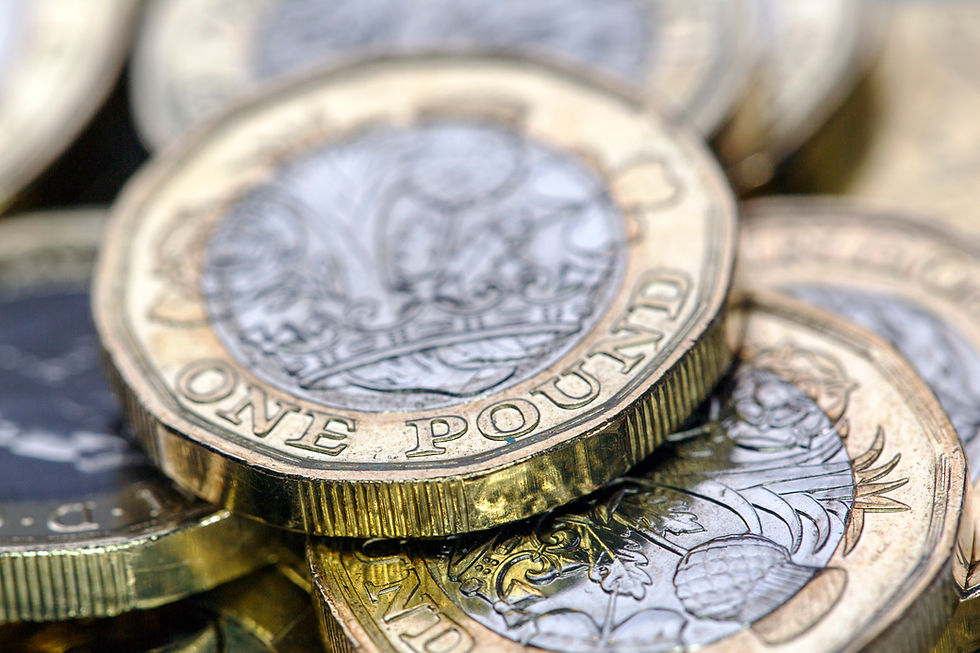The UK tax system is complex, and it can be confusing to understand the different methods used to calculate and pay taxes. Two of the most common methods are PAYE (Pay As You Earn) and self assessment tax. In this blog post, we will explore the differences between PAYE and self assessment tax.

Recommended Making Money Books
What is PAYE?
PAYE is a system used by employers to deduct income tax and National Insurance contributions (NICs) from their employees' salaries. Employers are responsible for calculating the amount of tax and NICs due and deducting them from their employees' pay before paying them their salary. The amount of tax and NICs deducted depends on the employee's tax code, which is issued by HM Revenue & Customs (HMRC).
Under the PAYE system, employees do not need to file a tax return unless they have additional sources of income or have overpaid or underpaid tax during the year.
What is self assessment tax?
Self assessment tax is a system used by HMRC to collect tax from individuals who are not taxed through the PAYE system. This includes self-employed individuals, landlords, company directors, high earners, and those with multiple sources of income.
Under the self assessment tax system, individuals are responsible for calculating their own tax liability and submitting a tax return to HMRC each year. The tax return will include details of all income received during the year, as well as any tax-deductible expenses.
Once the tax return has been submitted, HMRC will calculate the amount of tax owed and send a bill to the individual. Payment of the tax owed is due by January 31st of the following year.
What are the differences between PAYE and self assessment?
Responsibility for paying tax
Under the PAYE system, it is the responsibility of the employer to deduct income tax and NICs from their employees' salaries and pay it to HMRC. Employees do not need to worry about calculating their own tax liability or making payments to HMRC.
Under the self assessment tax system, individuals are responsible for calculating their own tax liability and paying it to HMRC. This requires individuals to keep accurate records of all income received during the year, as well as any tax-deductible expenses.
Filing requirements
Under the PAYE system, employees do not need to file a tax return unless they have additional sources of income or have overpaid or underpaid tax during the year. This means that the vast majority of employees do not need to worry about filing a tax return.
Under the self assessment tax system, individuals are required to file a tax return each year, regardless of whether they have additional sources of income or not. This means that even if an individual only has one source of income, such as self-employment income, they will still need to file a tax return.
Deadlines
Under the PAYE system, employers are required to submit payroll information to HMRC each month and pay any tax and NICs due by the 22nd of the following month. Employees do not need to worry about deadlines, as their employer is responsible for making sure that the tax and NICs are paid on time.
Under the self assessment tax system, individuals are responsible for submitting their tax return by October 31st if submitting a paper tax return, or by January 31st if submitting their tax return online. Payment of any tax owed is also due by January 31st.
Flexibility
Under the PAYE system, employees do not have much flexibility when it comes to their tax liability. Their tax code is calculated by HMRC based on their income and personal allowances, and they cannot make any adjustments to this.
Under the self assessment tax system, individuals have more flexibility when it comes to their tax liability. They can claim tax-deductible expenses
Related Content